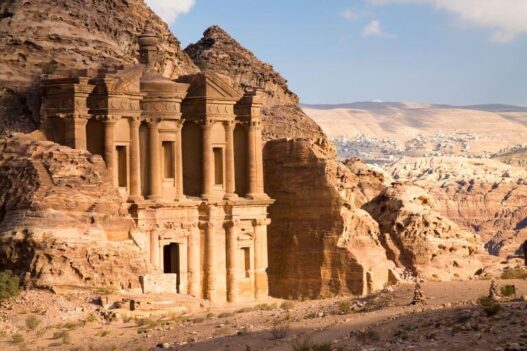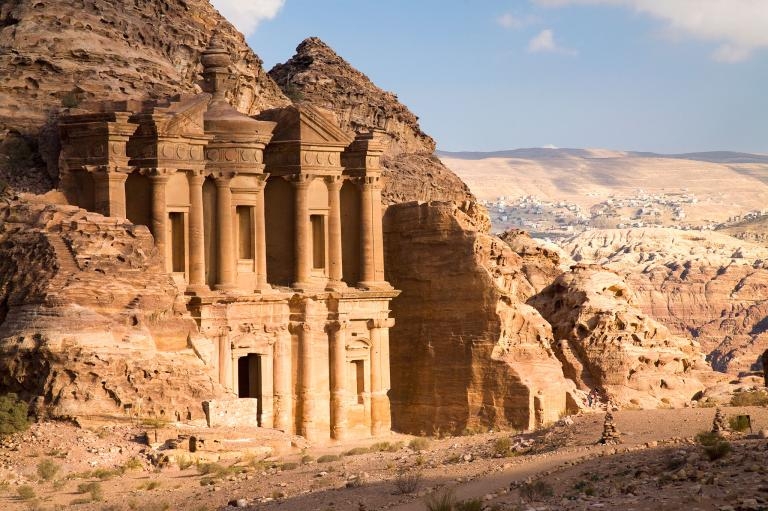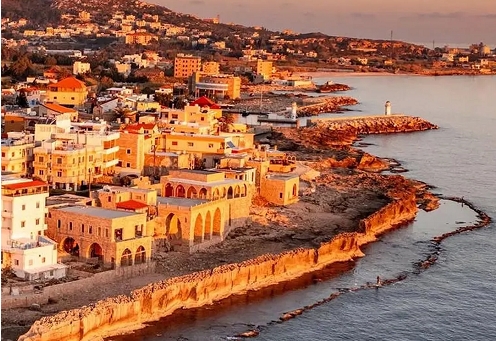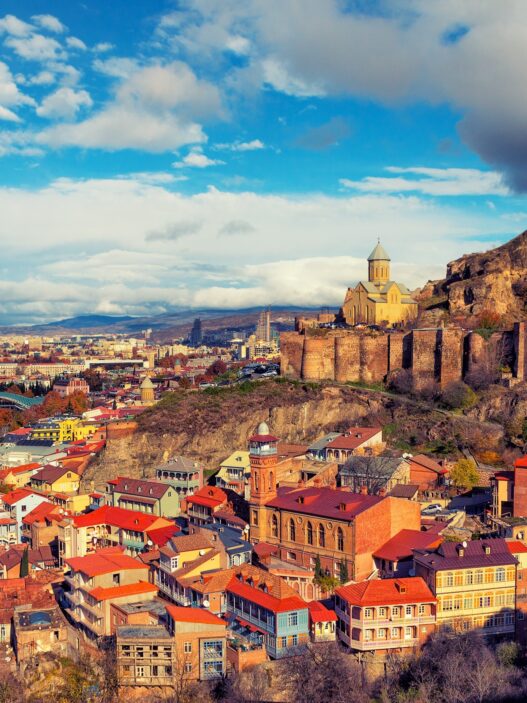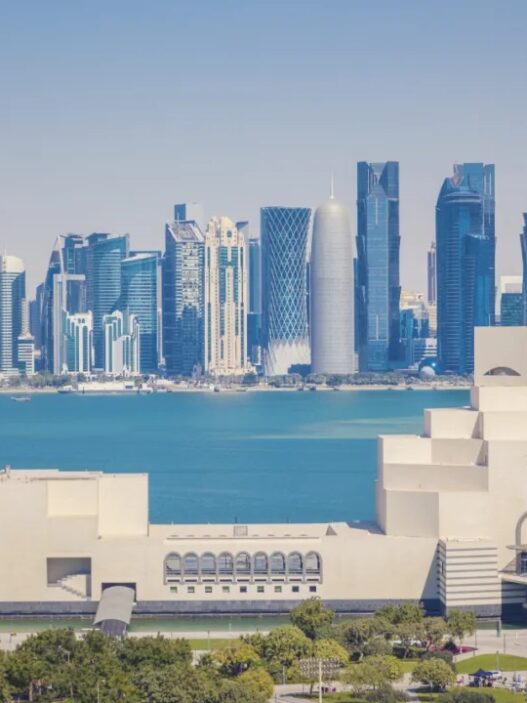Jordan, with its enchanting landscapes and rich history, is truly a must-visit destination. From the brilliant blue waters of the Red Sea to the calming, salt-rich Dead Sea, Jordan is packed with wonders that attract travelers from around the world. Whether you’re dreaming of exploring the mysterious desert of Wadi Rum, visiting the Rose City of Petra, or immersing yourself in ancient ruins, Jordan offers experiences like no other. This small but mighty country also holds a special place in the heart of history lovers, with treasures like the ancient Roman city of Jerash and the Mosaic City of Madaba. Here’s your guide to Jordan’s must-visit spots and experiences.
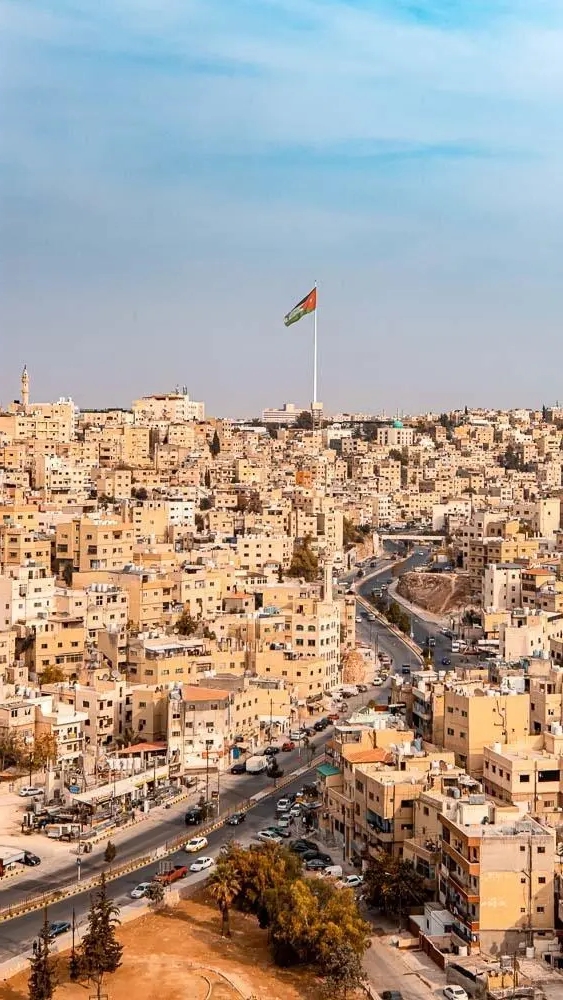
Top Tourist Attractions in Jordan
Petra: The Rose City
Petra, one of the Seven Wonders of the World, is a dazzling ancient city carved directly into red sandstone cliffs. Known as the “Rose City” because of the color of its rocks, Petra was established in the 4th century BC and served as a thriving trade hub. Key sites include the Treasury (Al-Khazneh), the Monastery (Ad Deir), the Roman-style Theatre, and the Royal Tombs. A trip here is like stepping into another time.
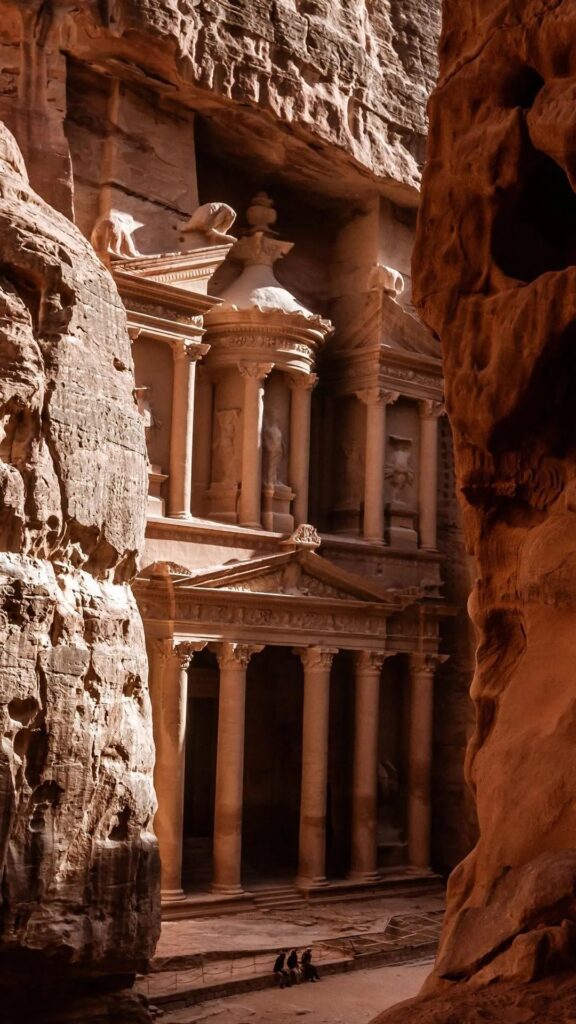
Jerash: The Roman Empire’s Legacy
Jerash is one of the best-preserved Roman cities in the world. With its grand amphitheaters, columns, and temples, the city gives a glimpse of Roman life. Don’t miss the 2nd-century theatre, which could seat up to 6,000 people, and is still used for performances today. Walking through Jerash feels like you’re walking in the footsteps of emperors.
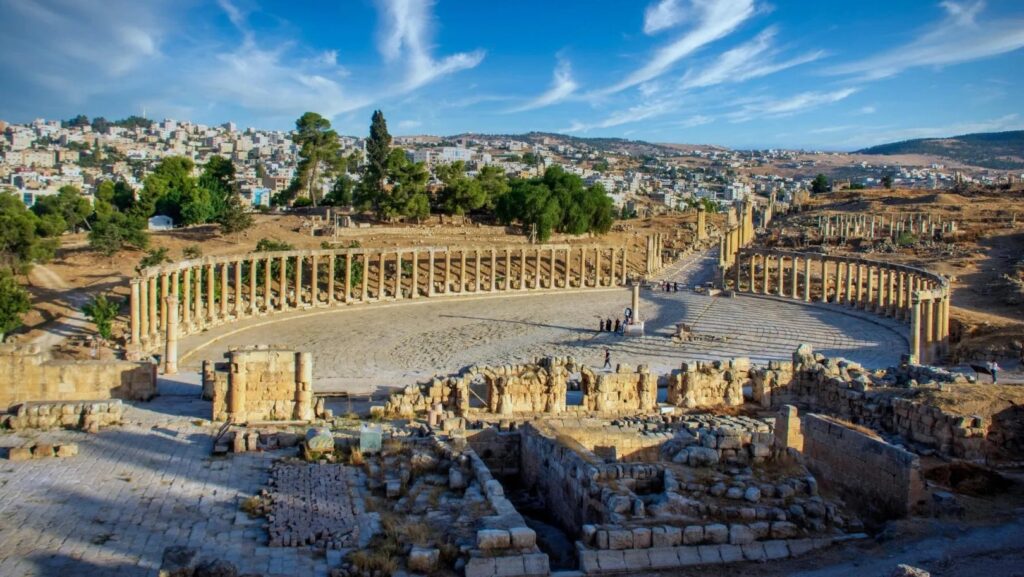
Amman Citadel: A Glimpse Into the Past
Atop a hill in Amman, the Citadel is home to ancient ruins and offers a panoramic view of the capital. It includes several significant structures such as the Temple of Hercules and the Umayyad Palace. The site also houses a museum displaying Jordan’s rich archaeological finds.
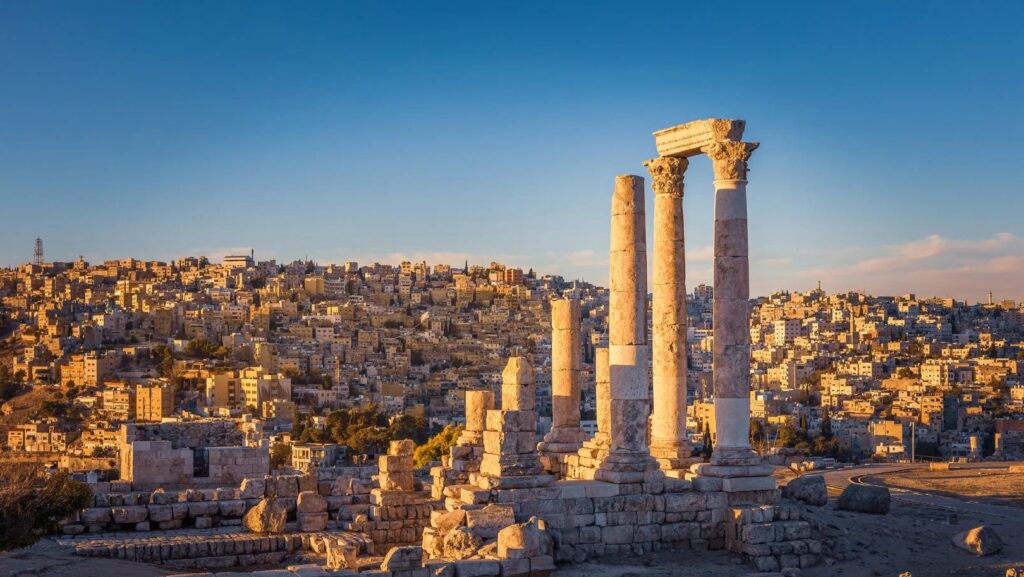
The Dead Sea: Float in the Lowest Point on Earth
The Dead Sea is not just any lake—it’s the lowest point on Earth. With high salt content, the water allows you to effortlessly float on its surface. The mineral-rich mud is renowned for its therapeutic benefits, making the Dead Sea a popular destination for relaxation and rejuvenation.
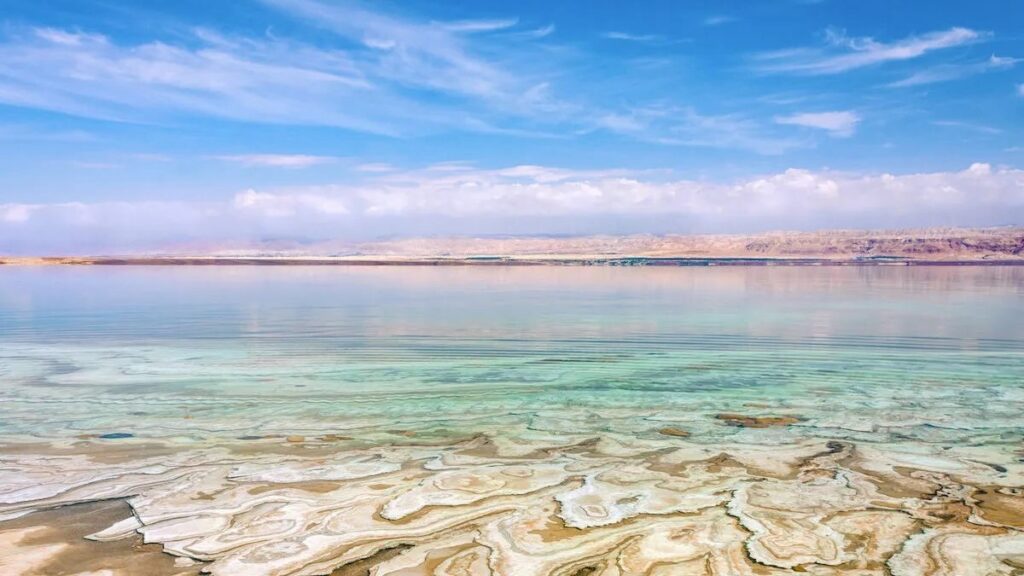
Wadi Rum: The Valley of the Moon
Located south of Petra, Wadi Rum is an awe-inspiring desert landscape with towering rock formations and vast sand dunes. It’s no surprise that this unique place served as the backdrop for films like The Martian and Lawrence of Arabia. Visitors can enjoy jeep tours, camel rides, stargazing, and overnight stays in desert camps.
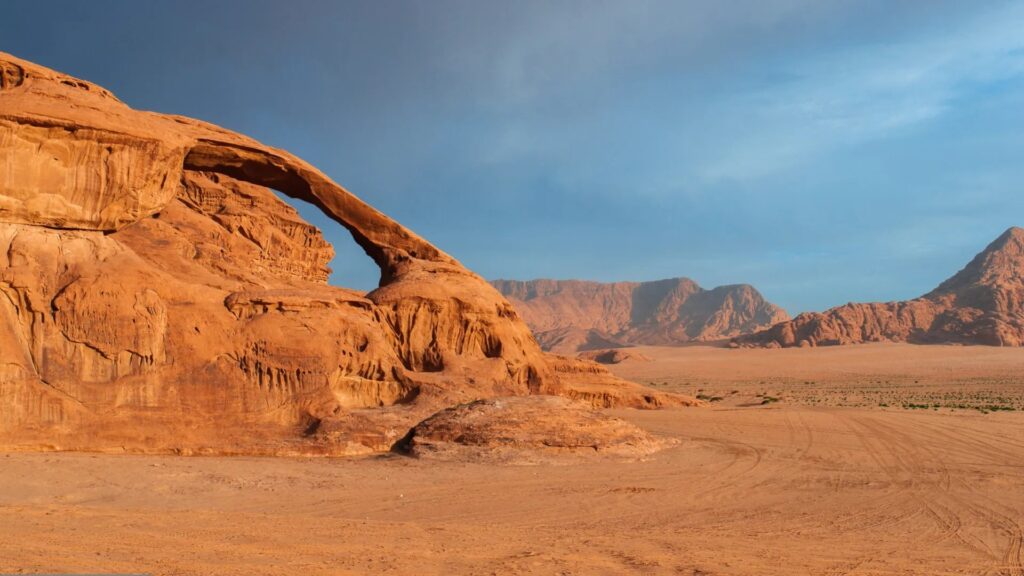
Aqaba: Beachside Paradise
Aqaba, Jordan’s only coastal city, sits on the Red Sea and is a popular destination for water activities like diving, snorkeling, and sailing. Its vibrant marine life and clear waters make it an ideal spot for ocean lovers. Don’t forget to explore the local markets and try some fresh seafood.
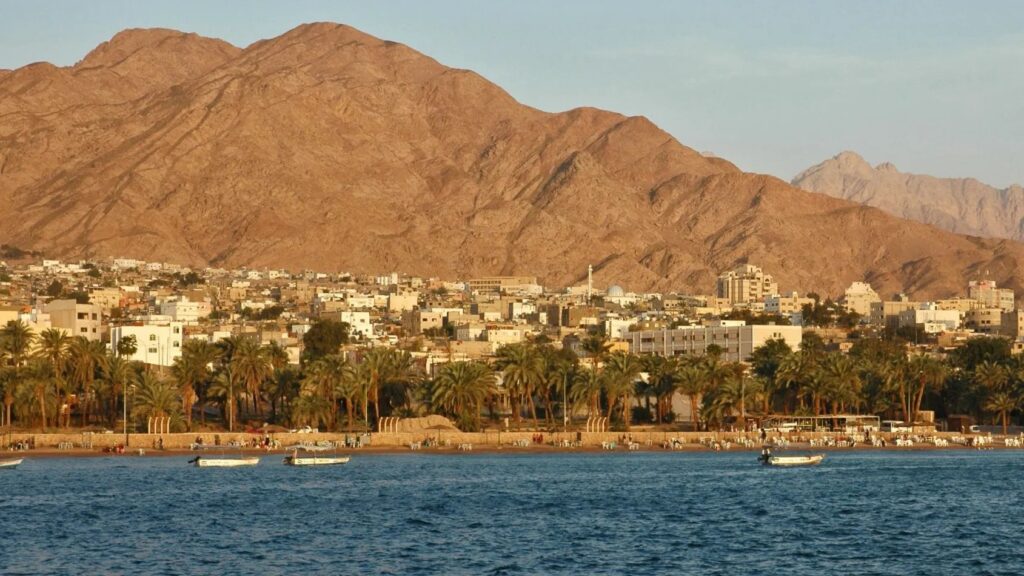
Madaba: Mosaics and Ancient History
Madaba is known for its stunning mosaics, particularly the famous mosaic map of Jerusalem located in St. George’s Church. The town is a treasure trove of ancient art and also holds significant biblical history.
Ma’in Hot Springs: Relax in Mineral-Rich Waters
Located near the Dead Sea, Ma’in Hot Springs is a natural spa destination. These geothermal springs provide a relaxing experience, with mineral-rich waters that are said to have healing properties. It’s the perfect way to unwind after a day of sightseeing.
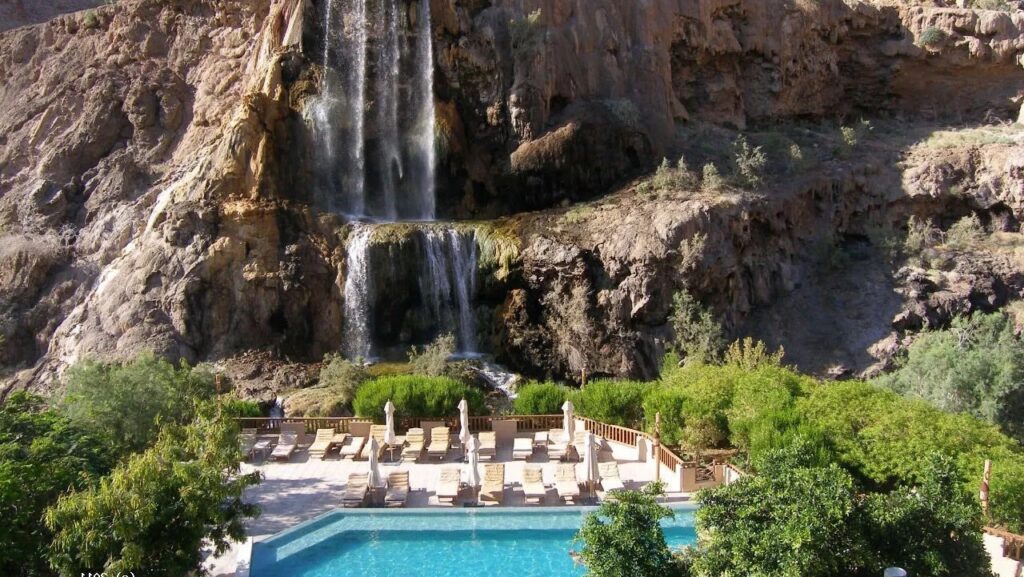
Must-Try Jordanian Dishes
Manaeesh: A Tasty Flatbread
This traditional Jordanian bread is crispy on the outside and soft on the inside, often topped with a variety of fillings such as cheese, sesame, vegetables, or meats. It’s a popular street food and a great snack to enjoy any time of the day.

Moussaka: Comfort Food, Jordanian Style
Made with lamb, potatoes, and eggplants, Moussaka is a rich, stewy dish with a savory tomato sauce. It’s a comforting meal that Jordanian families love to share.

Hummus: A Staple in Every Meal
This smooth and creamy dip made from chickpeas is one of Jordan’s most beloved dishes. Paired with pita bread, vegetables, or even grilled meats, hummus is perfect as an appetizer or side dish.
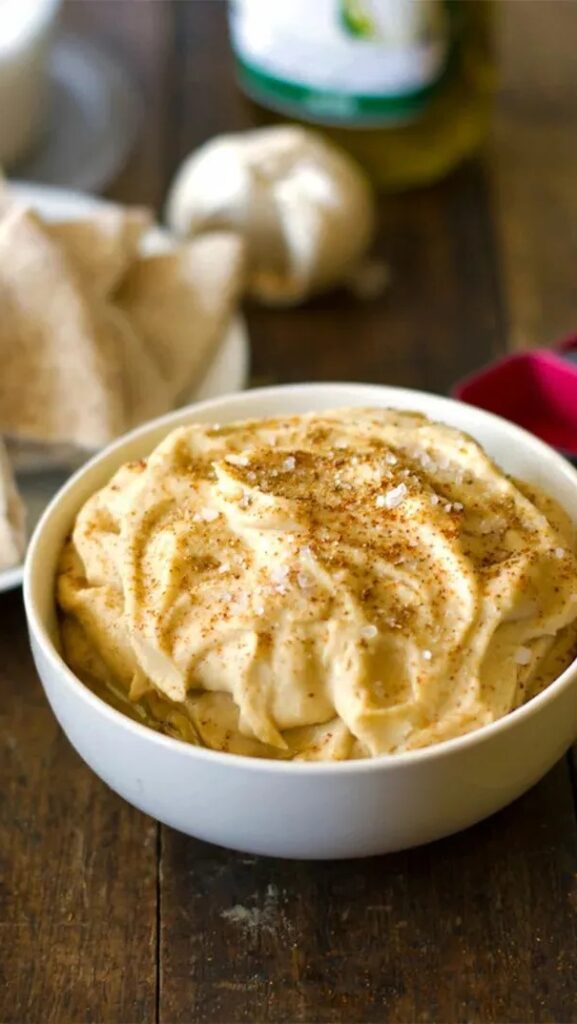
Shawarma: A Flavor Explosion
This iconic dish features meat (usually lamb, chicken, or beef) slowly cooked on a rotating spit. The tender, juicy slices are served in flatbreads with fresh vegetables and tahini sauce. It’s a street food favorite in Jordan and the Middle East.
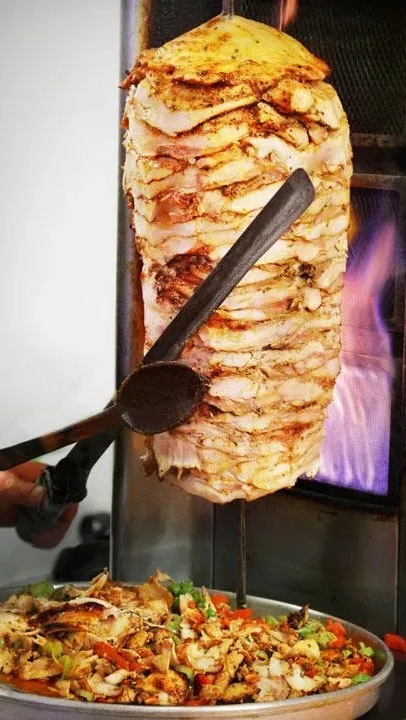
Falafel: A Crispy Delight
These deep-fried balls made from chickpeas and herbs are crispy on the outside and soft inside. Usually served in pita bread with salad and tahini, falafel is a popular snack for vegetarians and meat-eaters alike.
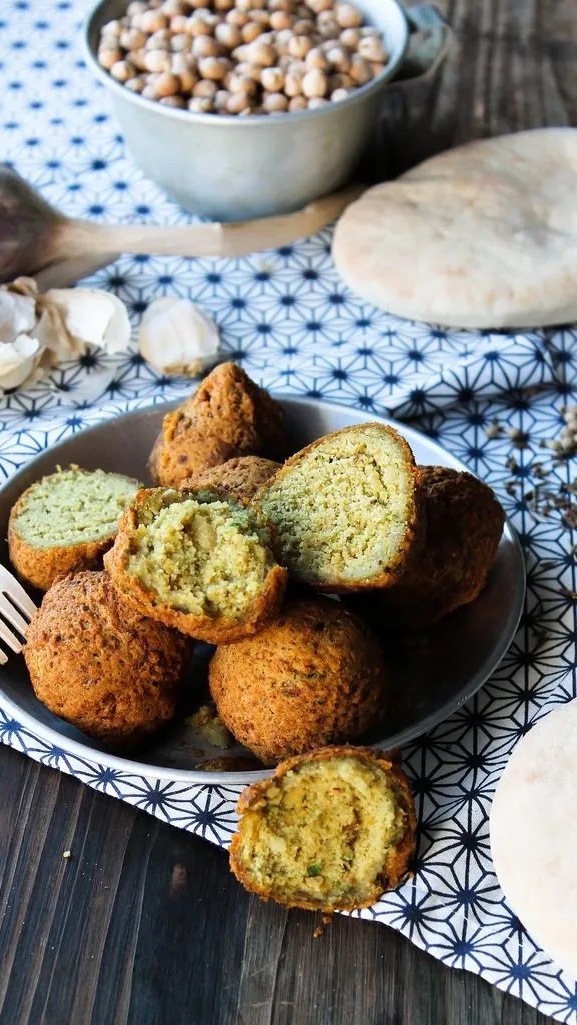
Kebab: Grilled to Perfection
Juicy, grilled meat skewers made from lamb, chicken, or fish. Kebab is a quintessential part of Jordanian cuisine and is often served with rice, vegetables, or flatbread.
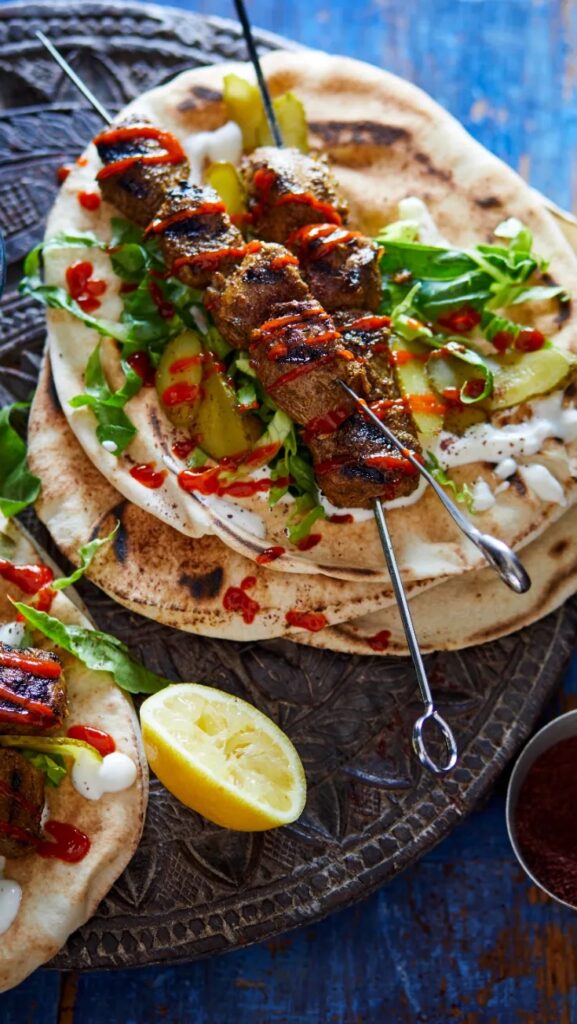
Warbat & Baqlawa: Sweet Endings
No meal in Jordan is complete without these traditional desserts. Warbat and Baqlawa are sweet pastries filled with nuts and drizzled with honey or syrup, offering a satisfying end to your meal.
Best Time to Visit Jordan
Climate
Jordan’s climate varies dramatically depending on the region. The west has a Mediterranean climate, with mild, wet winters and hot, dry summers. The desert areas, especially in the east and southeast, are arid, with extreme temperature swings between day and night. The Dead Sea region is hot and humid, while the highlands offer a more temperate climate.
Ideal Travel Seasons
The best time to visit Jordan is during the spring (March to May) and autumn (September to November). The weather is mild and pleasant, making it ideal for exploring historical sites and enjoying outdoor activities. Spring also offers the added bonus of bird migration season.
Spring (March to May): Ideal for hiking and visiting ancient sites. The temperatures are comfortable, and the scenery is lush.
Autumn (September to November): Clear skies and pleasant temperatures. Perfect for photography and cultural events.
Summer (June to August): Can be too hot, especially in desert regions. It’s best to visit coastal areas like Aqaba during these months.
Winter (December to February): Cooler temperatures and some rainfall. However, it’s a quieter time to visit, ideal for photography and those looking for a peaceful experience.
Key Travel Tips for Jordan
Language: Arabic is the official language of Jordan, but English is widely spoken, especially in tourist areas.
Religion: The majority of Jordanians are Sunni Muslims, but there is also a significant Christian population.
Customs: Respect local traditions, such as avoiding public displays of affection and dressing modestly, especially in rural areas. Don’t forget to use your right hand for giving and receiving gifts.
Currency: The local currency is the Jordanian Dinar (JOD).







